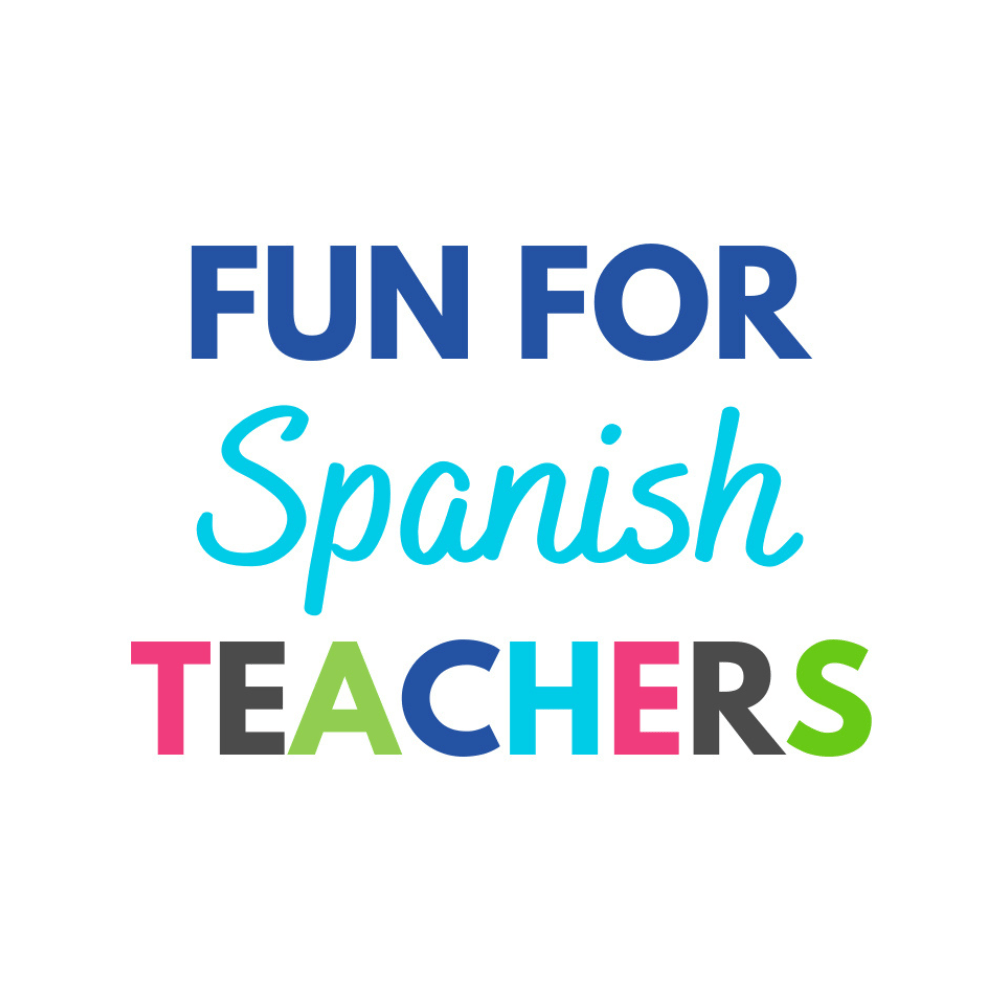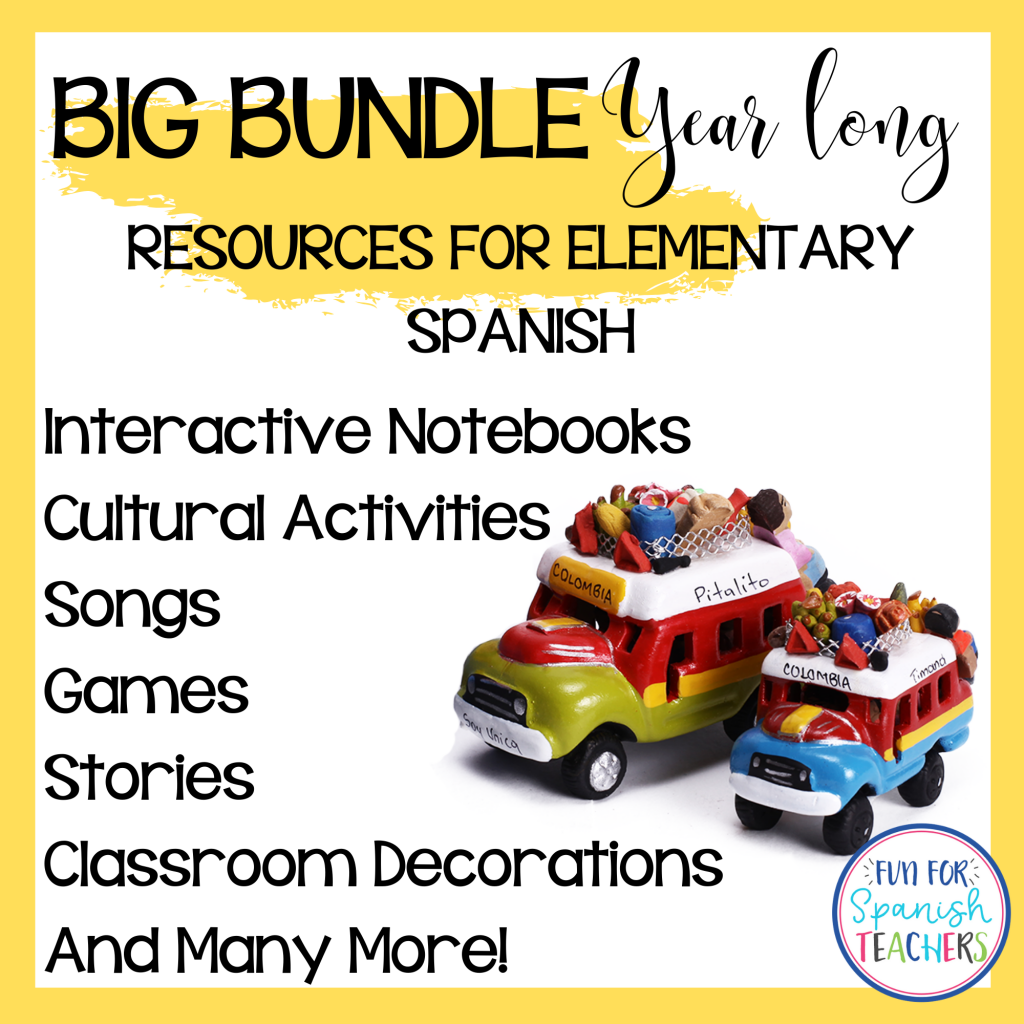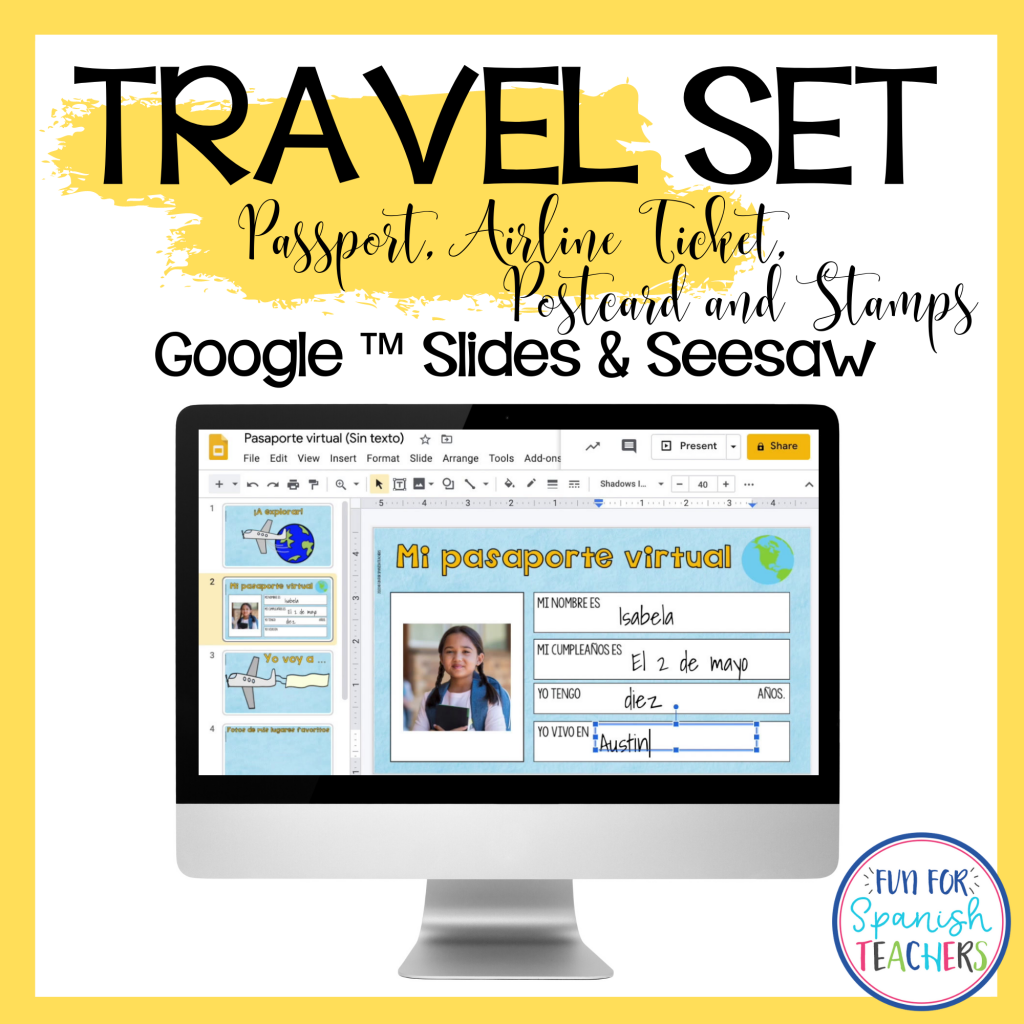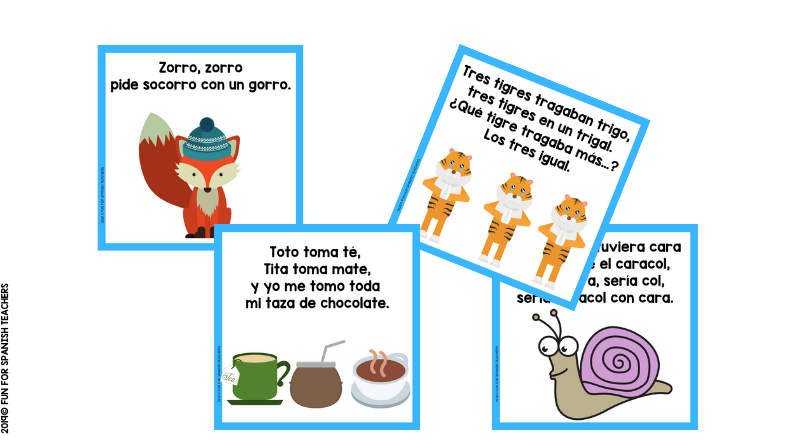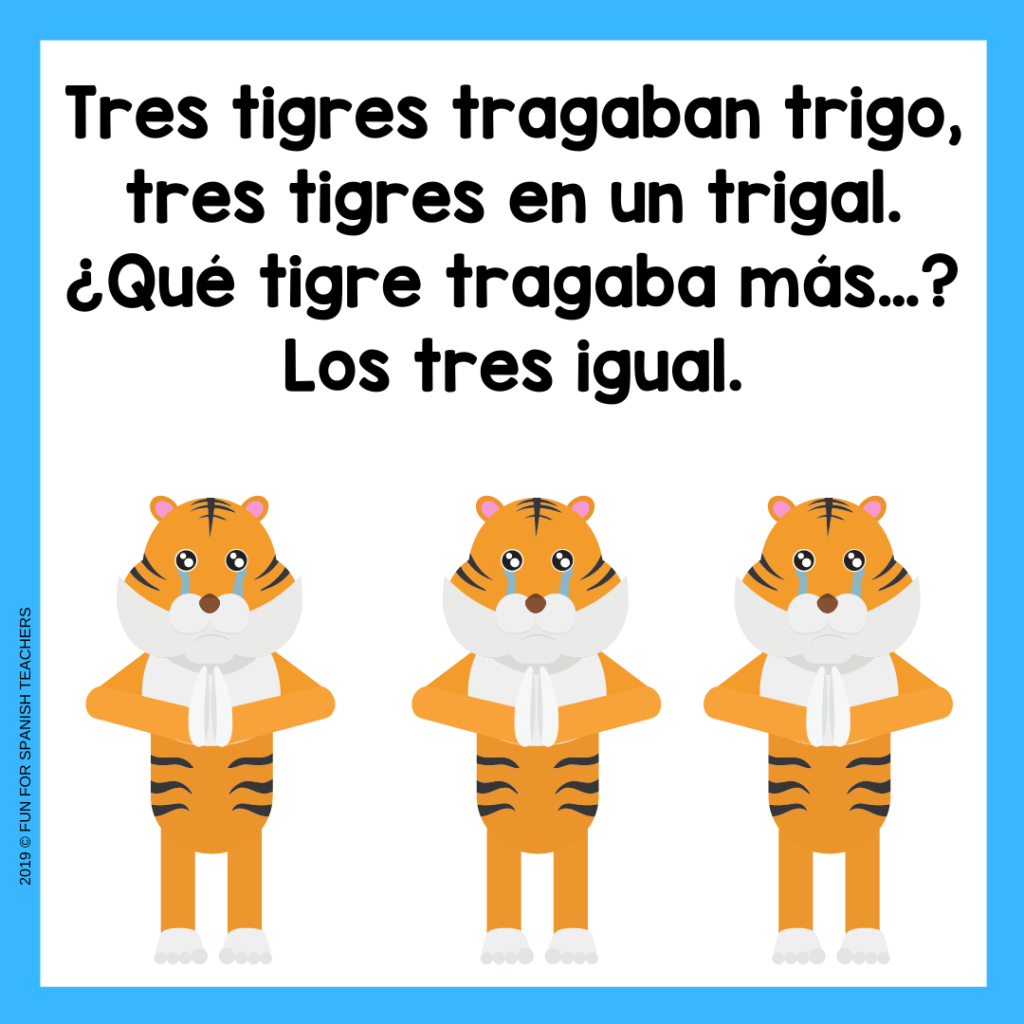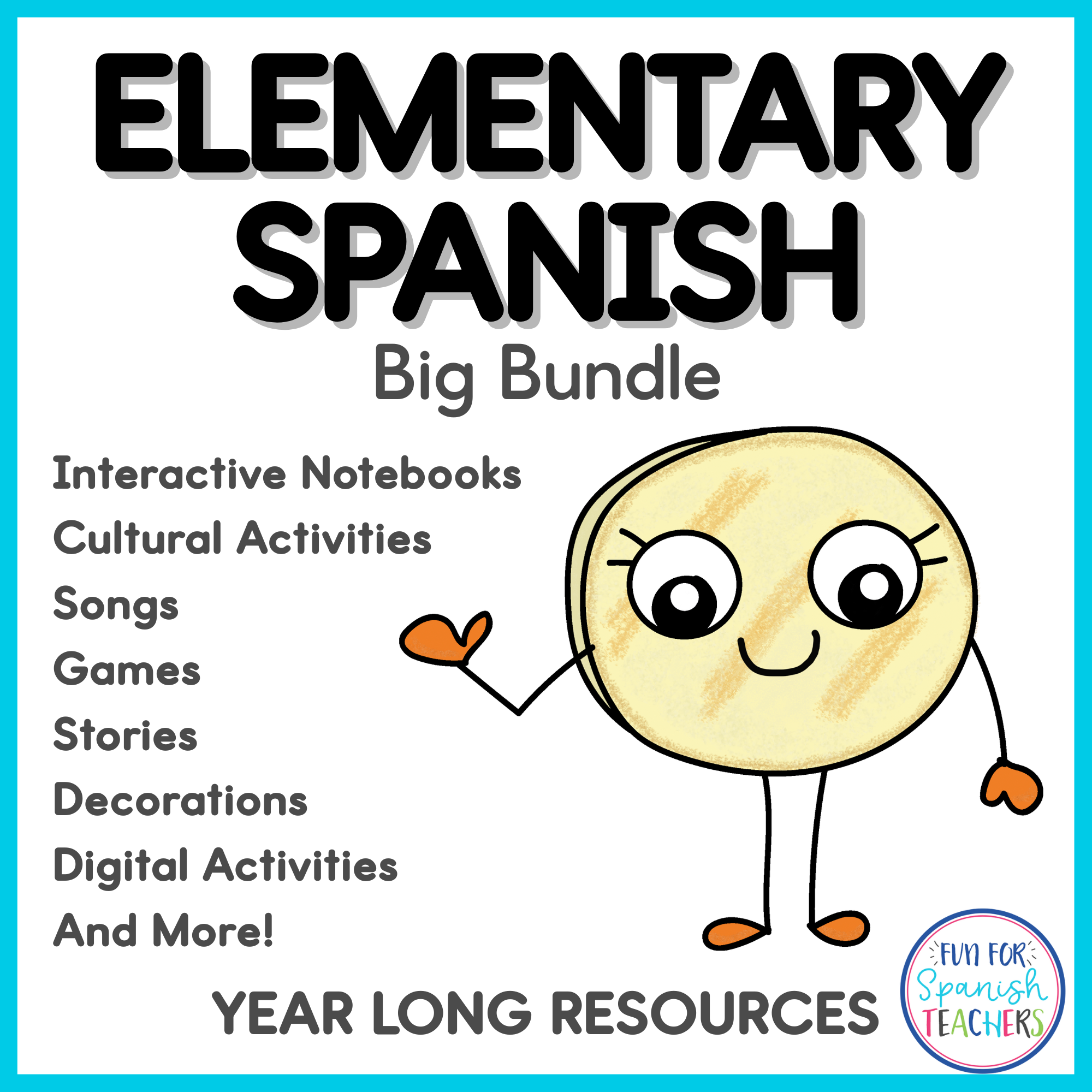
TIPS FOR FIRST YEAR SPANISH TEACHERS – PART I
This year I have been receiving more messages than ever from new Spanish teachers, so dear new Spanish teacher, this post has been written with you in mind. I completely get it! With the current situation and all the uncertainty for the fall, it’s completely normal for any teacher (no matter how long you have been teaching) to feel nervous, but especially for our colleagues who are new to the profession.
I try to put myself in the shoes of a new teacher during COVID times, and I can’t imagine the frustration that some of you might be feeling. Thinking about starting the new school year in a virtual classroom environment makes me feel butterflies in my stomach, but I am also grateful that at least there are digital tools and platforms to support our teaching. I am aware that those tools might not be accessible for every student or teacher, which I can’t wrap my head around because I don’t live in a third world or developing country, yet the inequities of this system are real and more visible during COVID times.
Because I don’t have experience starting the school year in a virtual way, I can only go back to my feelings during my first years of teaching and rely on what has worked for me under “normal conditions” while adapting for what I have learned more recently and giving it my best shot.
Support System
Something that I remember was very valuable as a first time Spanish teacher in the United States was the group of teachers who were supportive and open to be my shoulder to cry on when needed. We were seven Latinas in a very white school system in suburban Boston. They were welcoming and happy to share all their knowledge with me. This was almost 20 years ago, so no Facebook, Instagram, or Twitter were there. I do remember some Yahoo Groups and a website run by a veteran Spanish teacher called “Anacleta’s World Language and Cultural Resources” that I frequently visited to get inspired.
After teaching in that school system for 4 years, the district held a property tax override vote, and guess which program got eliminated first? You guessed right! The Spanish program 🙁 . After that, I moved to a private school and there I was the only PreK-3 Spanish teacher. The school also had a French program for grades 4-6 alongside the Spanish program, so the French and Spanish teachers worked together, and I was kind of on my own. It felt very lonely, and that’s what inspired me to start my blog. I wanted to be able to connect virtually with other teachers who were teaching the same early grade levels as I was. I also contacted other elementary Spanish teachers in my area and hosted monthly meetings to exchange ideas and vent if needed. In the school where I currently teach, I have two colleagues, and we teach the same levels, so it’s nice to have someone to exchange with and learn from for professional growth. Along with this, I belong to a few Facebook groups for Spanish teachers and also am part of a small WhatsApp group with two other Colombian teachers (Profe Valentina and La Profe de Español) where we frequently communicate to share ideas and support each other.
Why am I telling this whole story? Well, just to invite you to find your support system. It could be colleagues in other schools close to you or a teacher who can serve as your mentor in your own school. If you use social media, I recommend identifying a few Facebook groups or teachers on Instagram that you can follow and learn from. I do advise starting with just a few because it might be overwhelming with tons of information and little time to process while navigating a new profession.
Understand in Which Type of Program You Will Be Teaching
Knowing the type of program you will be teaching in will help you think about the short and long term goals for your program. So much depends on the amount of contact time you will have with your students. The program may be FLES* (Foreign Language in Elementary School), FLEX* (Foreign Language Experience), a Content-Based program, or a number of other program types, but just by knowing the type of program will help you identify some of your goals and keep a nice balance between ambitious idealism and being practical within the limitations of the program’s boundaries. Visit this link to understand more about the various different types of programs. And if you need to play a sort of public / stakeholder relations role, knowing the type of program will also help you to educate your administrators, school community, and parents (and nicely but firmly help them temper or gear their expectations for the language acquisition process, pace, etc.). I’ll say it again, knowing what type of program you have will also help you create short and long term goals for your program – for students, for yourselves, and for key players in the wider community in which your work is situated.
*FL should be changed to WL!
Get To Know Your School Community
The first year is hard for any teacher in a new school. You are trying to understand the school community and culture, getting to meet and name the different people in your school, understanding what each acronymous means and so on! The most important people, apart from your students are the custodians and the school administrative staff. They will be the ones who will help you first! Our school secretary sometimes covers our classes when we need to do quick things in school. So keep their names in your head and make sure to thank them with a big “GRACIAS” all the time!
KISS, KISS, KISS= Keep It Simple Sweetie!
If this is the first year for your program, you might have to teach the same units or stories to every grade level while you build up your curriculum. You might need to developmentally adapt the content to make it fit for every grade. You will find yourself creating materials, so keeping it simple is the best way to go. I have found that because the needs of elementary language programs can vary so much, it’s hard to stay with just one “commercial” or “off the shelf” curriculum.
Identify some themes or stories you want to teach and take it from there. You might want to do a cursory internet search and explore what other teachers have shared. Something to take into consideration is making sure the curriculum is not perpetuating stereotypes about Latinos and their different cultures while also making sure that it shows how super diverse the world’s 21 Spanish speaking countries are.
Here are some curriculums shared by other elementary Spanish teachers:
- Fayette County WL Curriculum Documents (Señora Speedy’s blog)
- Midland Park Public Schools
- Scarsdale Public School
Relationships First!
Something that I really like doing at the beginning of the school year is sharing a short PowerPoint presentation or video about me. I shared where I was born, my likes and dislikes, and I find ways to make connections with students while sharing about me. Students really like knowing something about their teachers and connecting with us as people.
Here are some examples of what I have done in the past to start building relationships:
- An idea for the First Day of School (includes a PowerPoint presentation)
- A video about me (see below)
I have also used “El estudiante misterioso” with students in second grade and up! Other teachers also do “La estrella del día” – simple activities to help you work on relationships.
Singing to celebrate birthdays is extremely important for some elementary students, especially in the younger grades. If children have summer birthdays, I recommend you do one summer birthday celebration for all the children with summer birthdays early in the school year or, if they would prefer to be special and have a day just to themselves, celebrate half birthdays (just watch out for December vacation …). I like starting each month talking about the calendar to include holidays, special events at school, and birthdays! Luckily this is something that can be done virtually or in the classroom.
There is a part II for this post! There I share about the use of the target language, classroom routines and norms, links to language organizations, and more!
Sending you a lot of love!

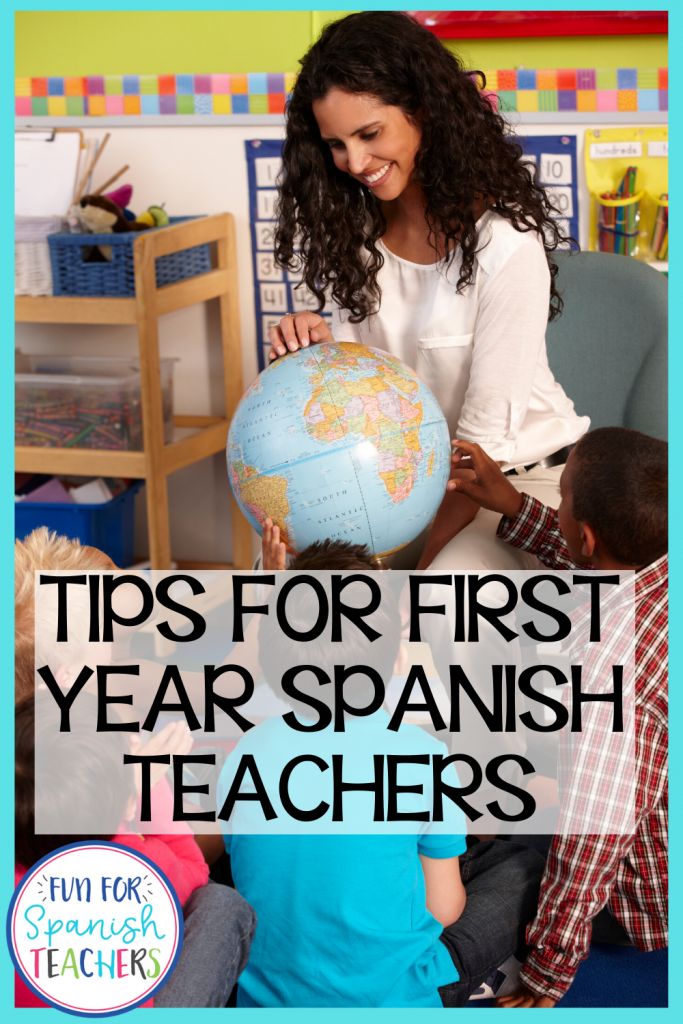
You may like these resources available in Teachers Pay Teachers:
